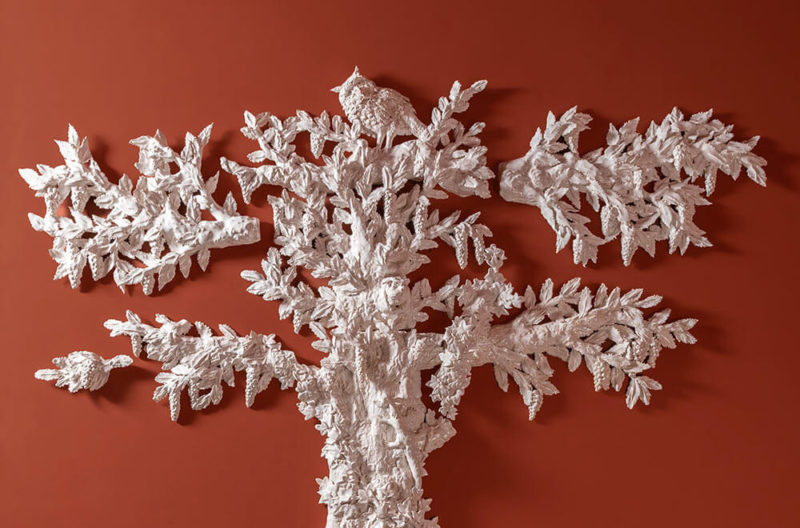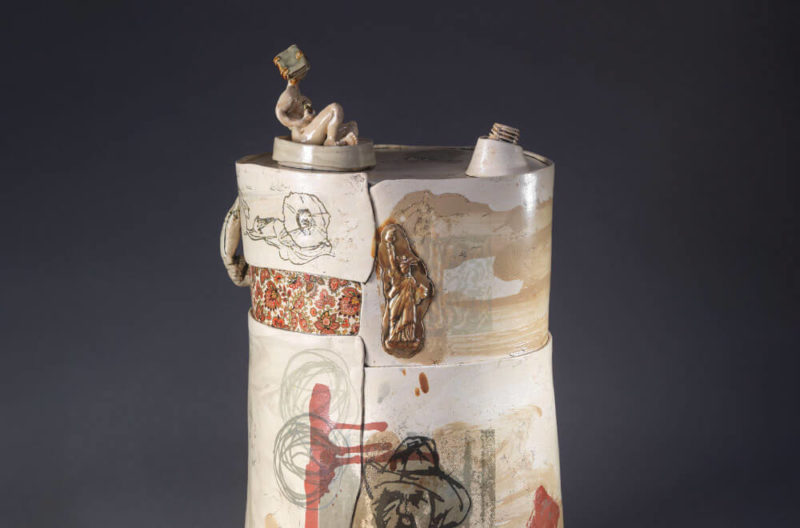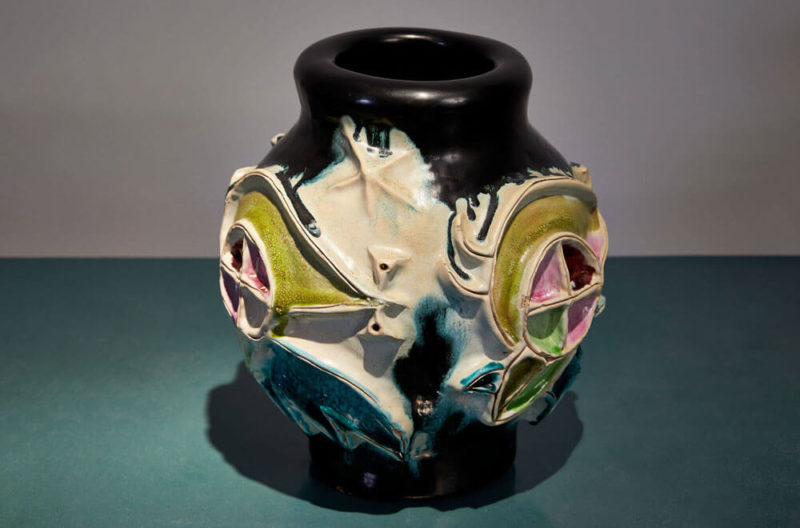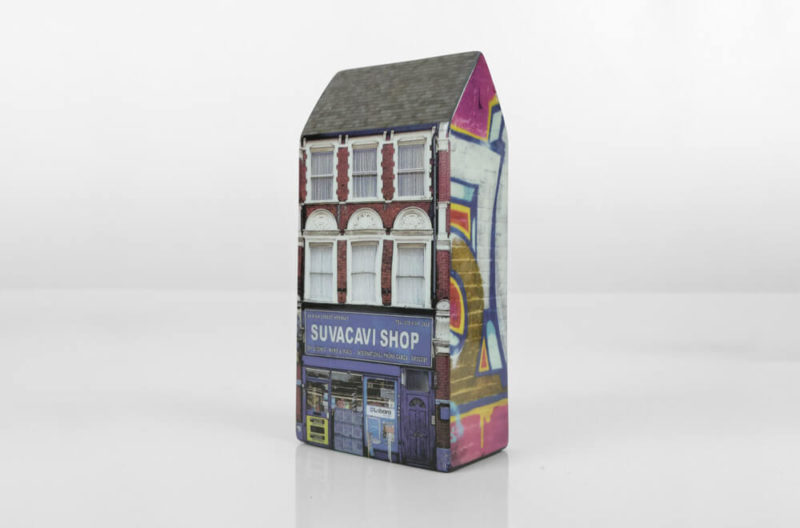‘Peix que Fuig’, 2020-21
Miquel Barceló
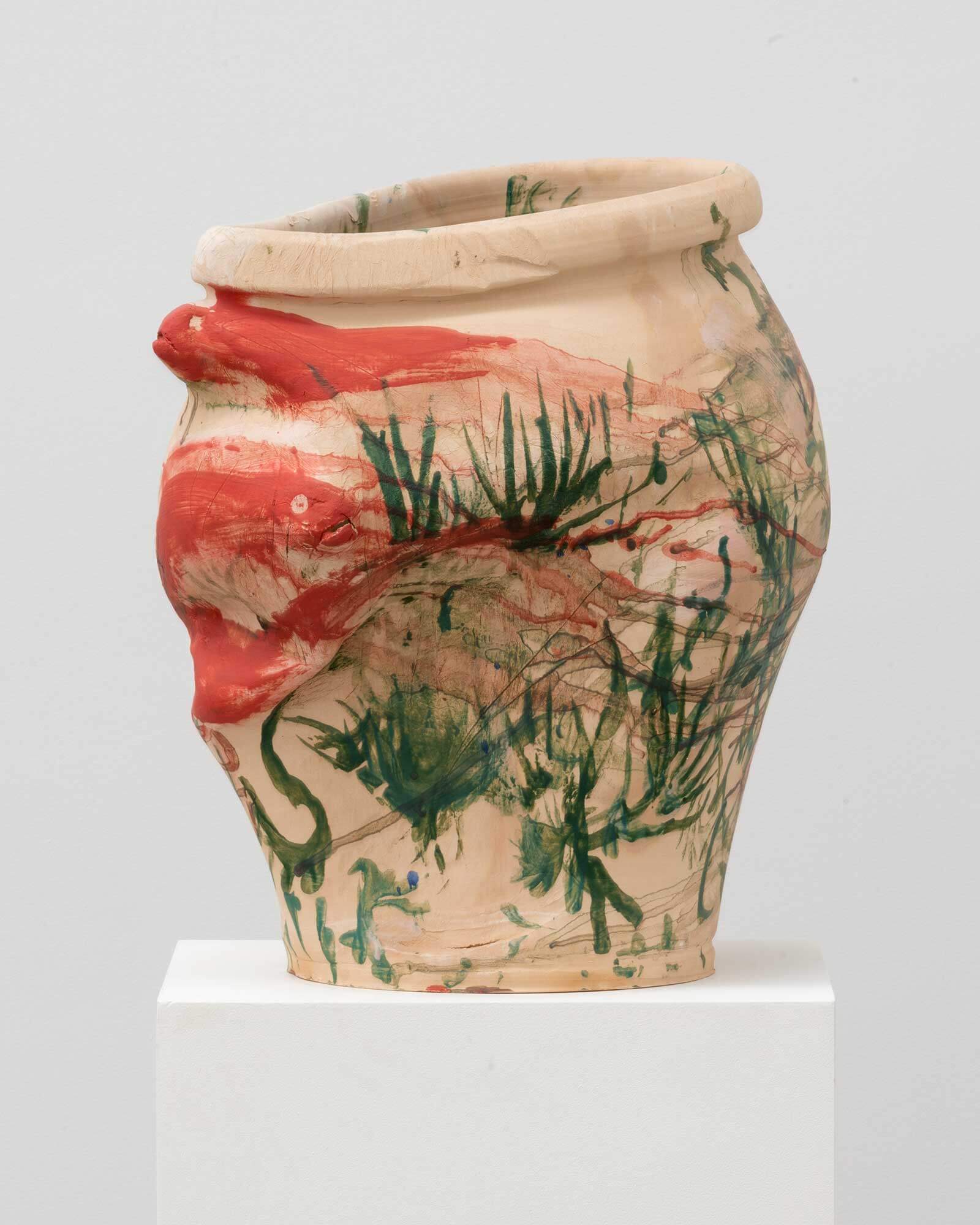
Miquel Barceló, ‘Peix que Fuig’, 2020-21
COURTESY: © Miquel Barceló & Galerie Thaddaeus Ropac
THIS WEEK, THADDAEUS Ropac in London opened their first solo exhibition of Spanish artist Miquel Barceló’s ceramics. Equally acclaimed for his relief-like mixed media paintings, his bronze sculptures, installations and performances, ceramics have held a central place in Barceló’s practice since the early 1990s. In his mid-thirties, he established a studio in Mali and was introduced by the local women to the methods of ancient Dogon earthenware. The artist says, “In Mali, ceramics are a female occupation. Women taught me to work clay and how to cook. It was wonderful to learn these 5,000 year old skills. I think all my work – paintings and ceramics – is harking back to the beginnings of art.” Here, in West Africa, he discovered an intimate connection with earth as a material for his art work, mixing clay with earth, animal dung and straw, and using his own body as an instrument of art making.
When he returned to his home, in Mallorca, Barceló began creating ceramics in an old brick factory, using the clay from his region. “The clay from my village is renowned for its whiteness and fineness,” he says. “This clay was extracted for centuries from a little hill called Puig de Sant Nicolau where I used to play as a child. There was not one pebble – just a mountain of white clay, slippery as soap.” Traditionally used to create vessels decorated with flowers, shells and sea creatures, Barceló takes the clay body and twists and distorts it, working the surfaces, allowing sides to sag and cracks to open, rippling and folding the material. In a further process of metamorphosis, he paints simplified forms of fish and bulls, human figures and plants, inspired by the paintings in the Lascaux caves. And then the alchemy of the kiln: “Everything changes in the oven. There is so much I cannot control. It is always an experiment.”
Among the boldly constructed, wayward vessels in the exhibition, is this magnificent pot: ‘Peix qui Fuig’. Statuesque but also, as you circle it, in perpetual, vivid motion, this pot turns the fish bowl inside out, offering us the view from the water. The sea becomes the container, not the contained. Barceló explains: “I am from an island. I dive and I am in the sea every day of my life. It is my element.” The gestural painting evokes the underwater realm he half-inhabits, with splashes, drips and smears conjuring the motion of waves, the flashing sea creatures and swaying sea weeds. In his hands the transformations are compelling as pot becomes painting, clay becomes fish, leaping from the confines of the vessel. Barceló says, “The sound of the fish and the sound of the clay – they are very similar. The relationship between clay and fish is as direct for me as the Biblical association of clay and human flesh.”
-
Miquel Barceló, ‘Peix que Fuig’, 2020-21
COURTESY: © Miquel Barceló & Galerie Thaddaeus Ropac
-
Miquel Barceló, ‘Peix que Fuig’, 2020-21
COURTESY: © Miquel Barceló & Galerie Thaddaeus Ropac
-
Miquel Barceló, ‘Peix que Fuig’, 2020-21
COURTESY: © Miquel Barceló & Galerie Thaddaeus Ropac
-
Miquel Barceló, ‘Peix que Fuig’, 2020-21
COURTESY: © Miquel Barceló & Galerie Thaddaeus Ropac
Miquel Barceló: Ceramics at Thaddaeus Ropac runs until 5th February 2022.








